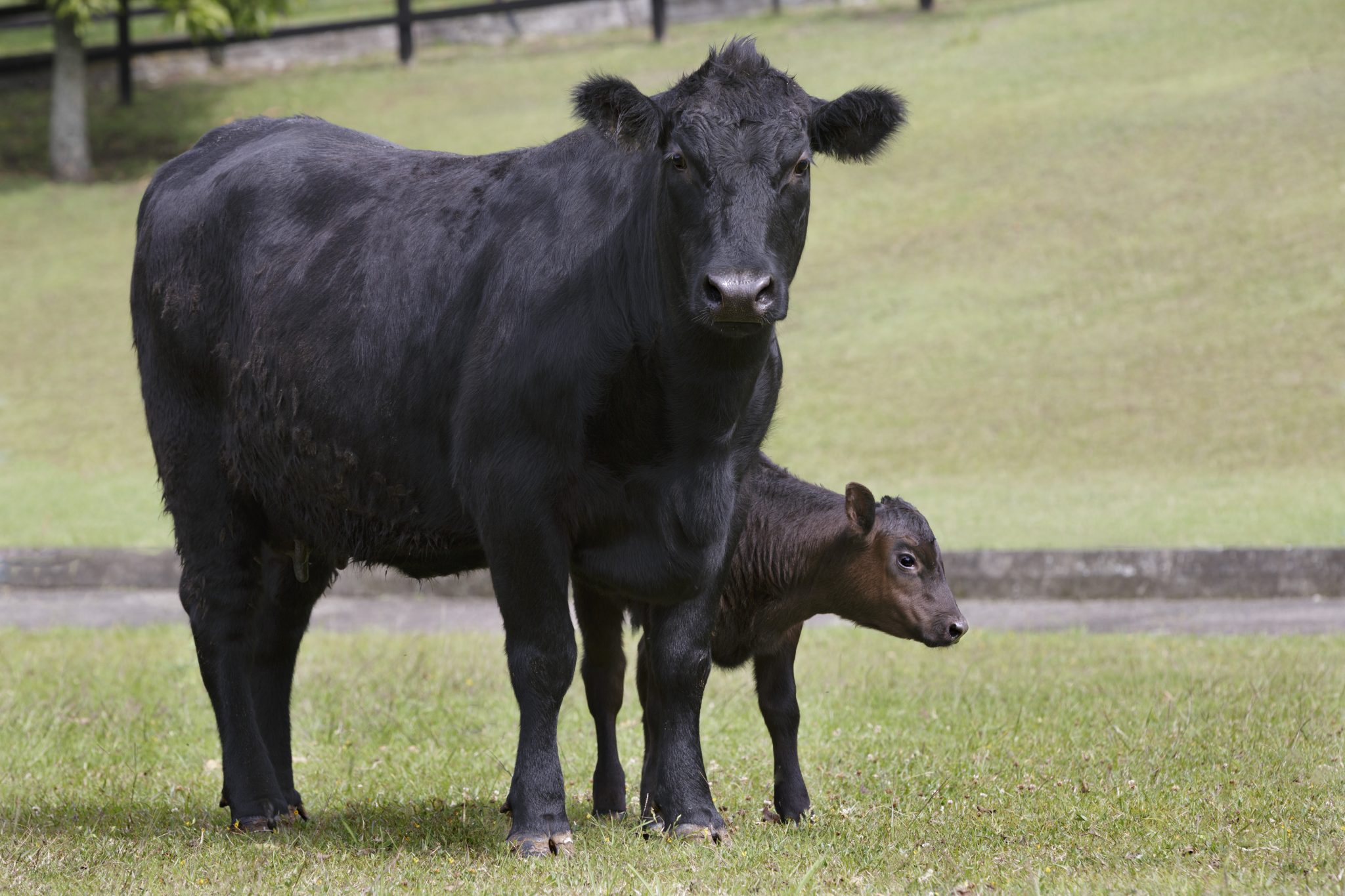
Agricultural News
Part Five of Management Practices for Cows at Weaning with OSU's Mark Johnson and David Lalman
Tue, 05 Oct 2021 08:28:55 CDT
 Weekly, Oklahoma State University Extension Beef Cattle Breeding Specialist Mark Johnson and OSU Extension Beef Cattle Specialist David Lalman offer their expertise in the cattle industry. This is a part of the weekly series known as the "Cow-Calf Corner" published electronically by Paul Beck. Today, they talk about Part V of Management Practices for Cows at Weaning.
Weekly, Oklahoma State University Extension Beef Cattle Breeding Specialist Mark Johnson and OSU Extension Beef Cattle Specialist David Lalman offer their expertise in the cattle industry. This is a part of the weekly series known as the "Cow-Calf Corner" published electronically by Paul Beck. Today, they talk about Part V of Management Practices for Cows at Weaning.
"This week, we continue to consider the information gathered on the cowherd at weaning. Particularly the impact of the cowherd's milk potential on energy requirements. This week, beef cows are resilient animals. They are programmed to adjust in real time to the environment that they experience. Some cows respond better than others and this is often referred to as "adaptability".
"The early lactation period represents the most energetically expensive phase of the annual production cycle. For perspective, during the last trimester, a 1,300 lb. cow in good body condition requires about 12.7 megacalories of net energy for maintenance (Mcal NEm)to support her pregnancy and maintain her own body weight. Compare that to the same cow producing 24 lb of milk during peak lactation at 19.3 Mcal NEm per day. Interestingly, we have one set of spring-calving cows here at OSU that typically give 30 pounds of milk at peak lactation.
"Consider that each one kg of milk contains about 0.33 Mcal NEm. For perspective, grass hay at 56% TDN contains 0.54 Mcal NEm per pound (dry matter basis) and lush spring forage at 68% TDN contains 0.71 Mcal NEm per pound of dry matter. Therefore, if the genetic capacity for milk production was increased from 24 pounds to 25 pounds, the cow would need to consume about 0.6 pounds more low-quality forage or 0.46 more pounds high-quality forage to keep from losing weight. While the relationship between milk yield and forage intake in beef cows is not well understood, our recent work suggests that for each one more pound increase in milk production, low-quality forage intake increases by around 0.25 pounds and high-quality forage intake increases by around .35 pounds. This is likely due to the limited capacity of the rumen. Cows can only eat so much forage in a day. When they are already consuming forage at capacity, increased energy requirements will be difficult to meet unless the energy concentration in the diet is increased.
"With 0.2 pounds increase in hay intake, only an additional 0.14 Mcal NEm is available to offset the increased energy requirement of 0.33 Mcal for the additional pound of milk. The mismatch is not quite as dramatic with the lush forage because daily energy intake can be increased by about 0.25 Mcal (0.35 * 0.71).
"Perhaps the take-home message is that genetic potential for milk production needs to be matched to the forage system. Research has clearly documented that excessive genetic potential for milk production can lead to cows that are thin at the time of weaning. Excessive genetic capacity for milk production and extended periods of time when forage quality is moderate to low during lactation leads to negative energy balance that has to be made up at some point. Either that or increased supplementation of more energy-dense feeds will be required to close the gap between energy requirements and energy availability. Long-term, if cows are consistently too thin (or open) year after year at weaning time, a selection program designed to lower the genetic potential for milk should be considered."
Catch up on Part I, Part II, Part III and Part IV.
WebReadyTM Powered by WireReady® NSI
Top Agricultural News
More Headlines...




